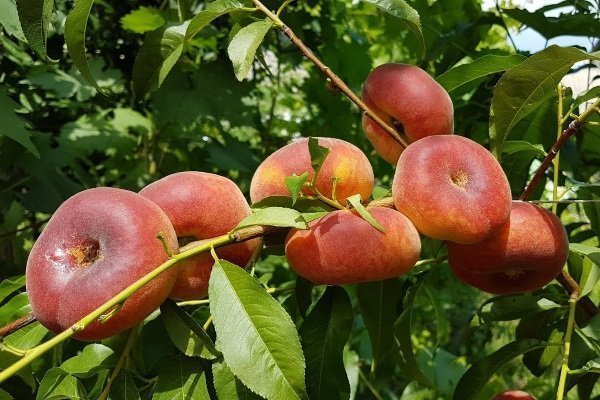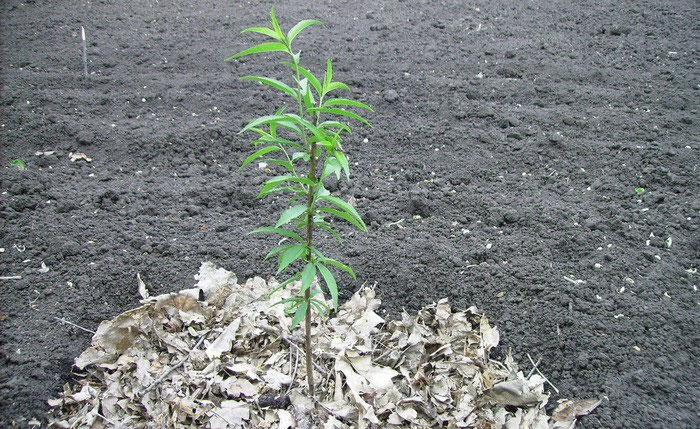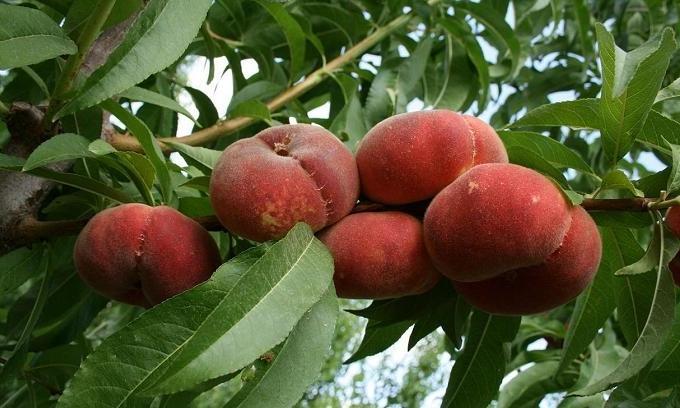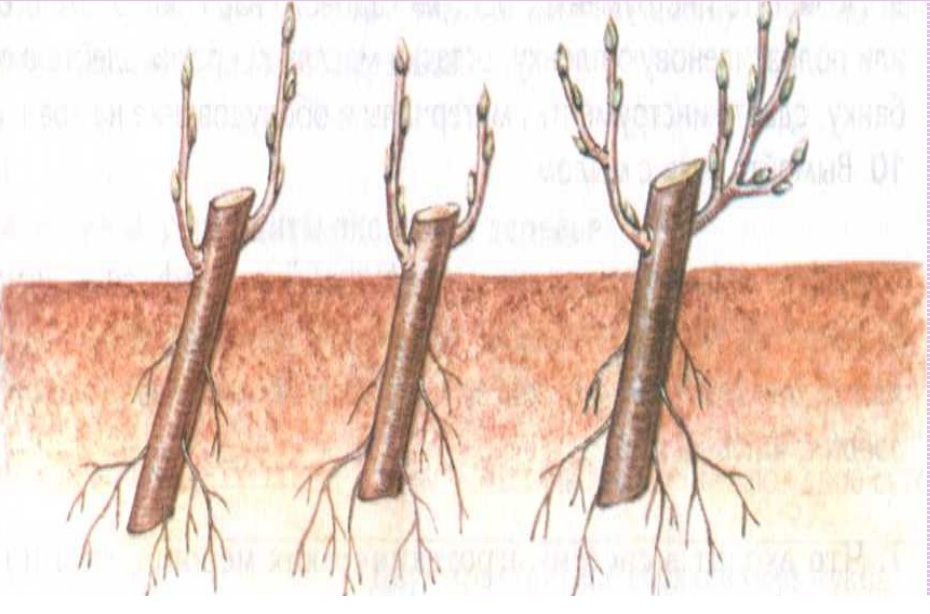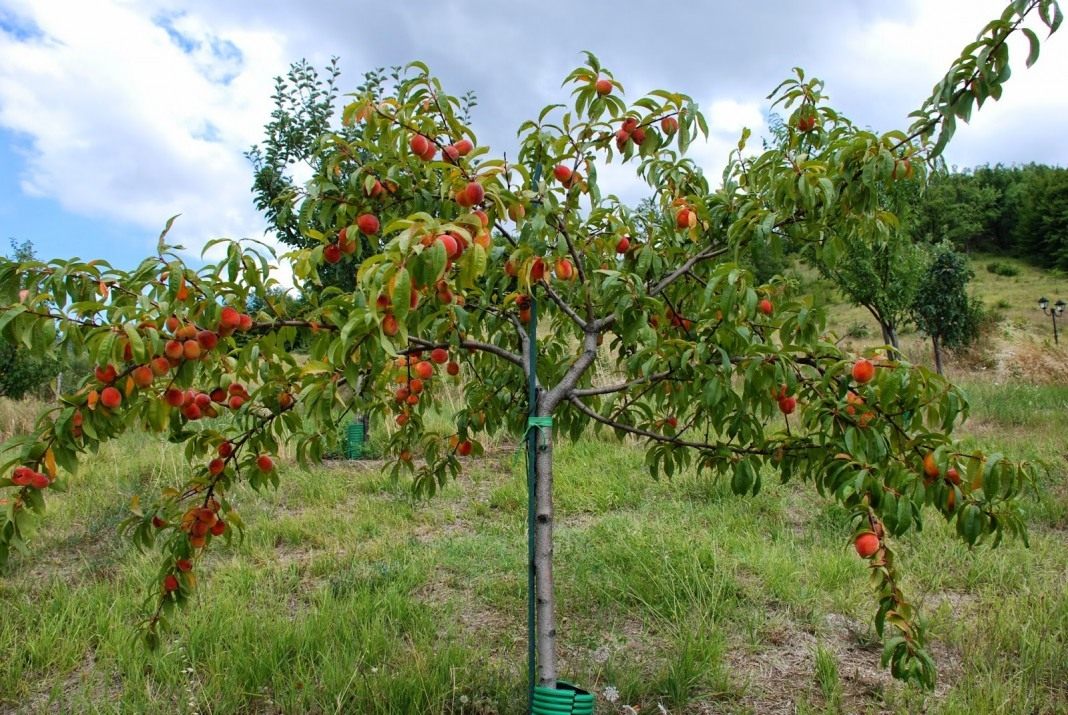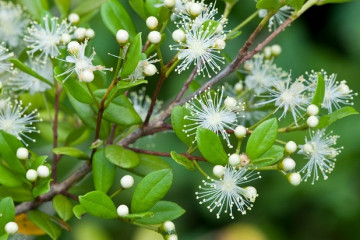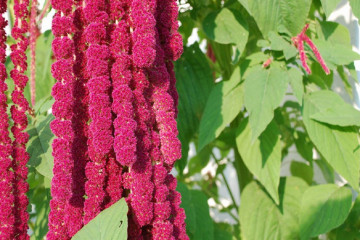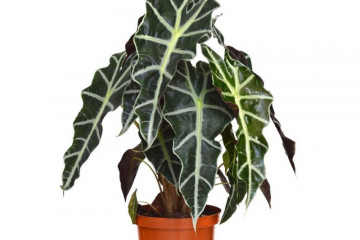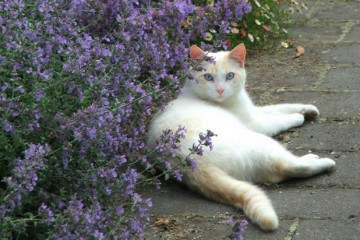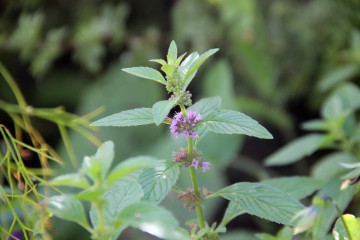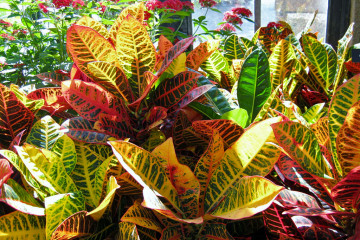Fig peach - what kind of plant
Content:
The fruit got its name due to its shape, which strongly resembles a fig, while a peach genetically has nothing to do with a fig. The taste and pulp of the fruit is very close to peach.
Fig peach - what kind of plant, why is it called so
The "mixture" of figs and peaches (nectarine) is a plant that was brought from China to Europe in the 16th century. In the same century, the variety reached the territory of Russia. Due to its origin among the people, it is sometimes called the "Chinese turnip". Another name for the plant is Donut Peach.
Description of fig peach
The plant belongs to the Pink family. Its fruits are medium-sized, yellow-orange in color. The weight of the fruit is up to 250 g, the diameter is about 7 cm. In terms of its fluffiness, it, rather, takes the middle place between peach and nectarine - and not "naked", and not very fuzzy. The fruits are distinguished by a consistently rich taste - from skin to seeds. Caloric content 100 g - 60 kcal.
The fruit is very useful, and is often included in the therapeutic and dietary diet, and the cream oil from it is used for cosmetic purposes. Contraindications to its use are rare. The fruit does not cause allergies. Useful properties of fig peach:
- serves as the prevention of cancer;
- restores bowel function;
- suitable for use during diets;
- has a beneficial effect on the cardiovascular system, strengthening it;
- contains a lot of iron;
- has a positive effect on the nervous system and strengthens the immune system;
- helps pregnant women to avoid toxicosis;
- useful for children.
Varietal diversity of culture
The plant has several varieties:
- Peach Saturn fig is a plant adapted for severe winters. It easily tolerates severe frosts, which do not affect its productivity. By ripening, Saturn belongs to the mid-late varieties, the weight of the fruits reaches 100 g. The fruit is traditionally flattened with yellowish-red hues.
- Variety UFO-3 - has larger fruits, which can reach 110 g. The fruit is dominated by red colors. The variety cannot be called a productive variety, and the frost resistance of the plant is weak. Peach UFO-3 loves a warmer climate.
- Variety Vladimir is very resistant to severe frosts and severe winters. It easily tolerates many of the diseases that peaches are susceptible to. The fruit weighs up to 180 g. The pulp is light creamy, juicy.
- Sweet Cap is a mid-season variety. The fruit weighs from 140 to 180 g. After planting, the peach seedling quickly begins to bear fruit. Its yield is considered good. The fruits are red in color, and the flesh is white, with a slight sour taste.
- Variety Nikitsky flat - adapted to harsh conditions, therefore it grows well in Russia. The tree itself is low, spreading, which provides good access to all fruits. The weight of peaches is 100-120 g.
How to grow a fig peach
Many people think that growing a seedling from a seed is a pointless exercise. But experienced gardeners who have tried this procedure have a different opinion.
Initially, you need to select the seeds from ripe peach fruits and set them aside until planting in a cool place. The optimal planting period is October-November. To plant a seed, you need to soak it in water for several days. After that, gently break and remove the core. If you do not get it, but plant the whole seed, then it will germinate in about 4 months. Fig peaches are best planted to a depth of 8 cm in an elevated position. The planting site is abundantly watered and mulched. It is desirable to mark it.
Algorithm for planting a plant by cuttings:
- Dig a hole up to 70-80 cm deep for one cutting.
- Fill the bottom of the pit with broken brick / rubble to a height of 20 cm.
- Put a small layer of compost on top of the rubble (not rammed).
- Next - a layer of branches or brushwood (layer thickness - up to 5 cm).
- Next - 10 cm of earth and 5 cm of sand.
- Fig nectarine is planted in such a formed pit.
The peach takes root well and, with proper care, begins to bear fruit quite quickly.
Optimal timing and landing pattern
The place for planting is chosen as sunny as possible, away from other trees, about 2-3 meters. The place should be as dry as possible and not have an outlet for groundwater, they should lie at a depth of at least 2-3 meters. The soil is needed loamy or with a lot of sand. In warm regions, planting of a fig peach can be carried out in the autumn. In colder areas, it is not recommended to plant plants for the winter, as they will not have time to take root and will die. In these regions, it is best to start planting seedlings in April, when severe frosts have already receded.
Plant care rules
Until the age of 5-6 years, the tree should be watered very abundantly: about 4-5 buckets of water per tree. To keep moisture longer, the near-trunk area can be mulched or overlaid with turf. In the spring, it is necessary to fertilize with nitrogenous fertilizers, and in the summer with phosphorus.
Pruning is done mainly to remove branches growing inside the tree. You should act carefully, as the branches of the plant are very fragile. The hand should always hold the base of the branch.
Features of flowering and fertility
Peach figs begin to bloom in April. The flowering period is 10 to 15 days. The flowers are pink. Fruit ripening after flowering takes about 100 days. To achieve the maximum yield in the season, after the formation of ovaries, it is necessary to remove the small ones and leave only the large ones. This will give them maximum nutrition.
Pests and diseases
The most common diseases of the fig peach:
- powdery mildew;
- gray rot;
- curliness of the leaves.
With powdery mildew disease, all parts of the tree may become covered with a white bloom. Gray rot damages the ovary. Curly leaves can be observed in damp and cool weather. In this case, the leaves curl and gradually fall off. The tree is saved from these diseases by pruning of affected branches, as well as treatment with pesticides.
To save a tree from many diseases and problems, it is necessary to choose the right seedling, which is initially strong and does not have diseases. An important point is proper care from the first years of growth of the fig peach.
